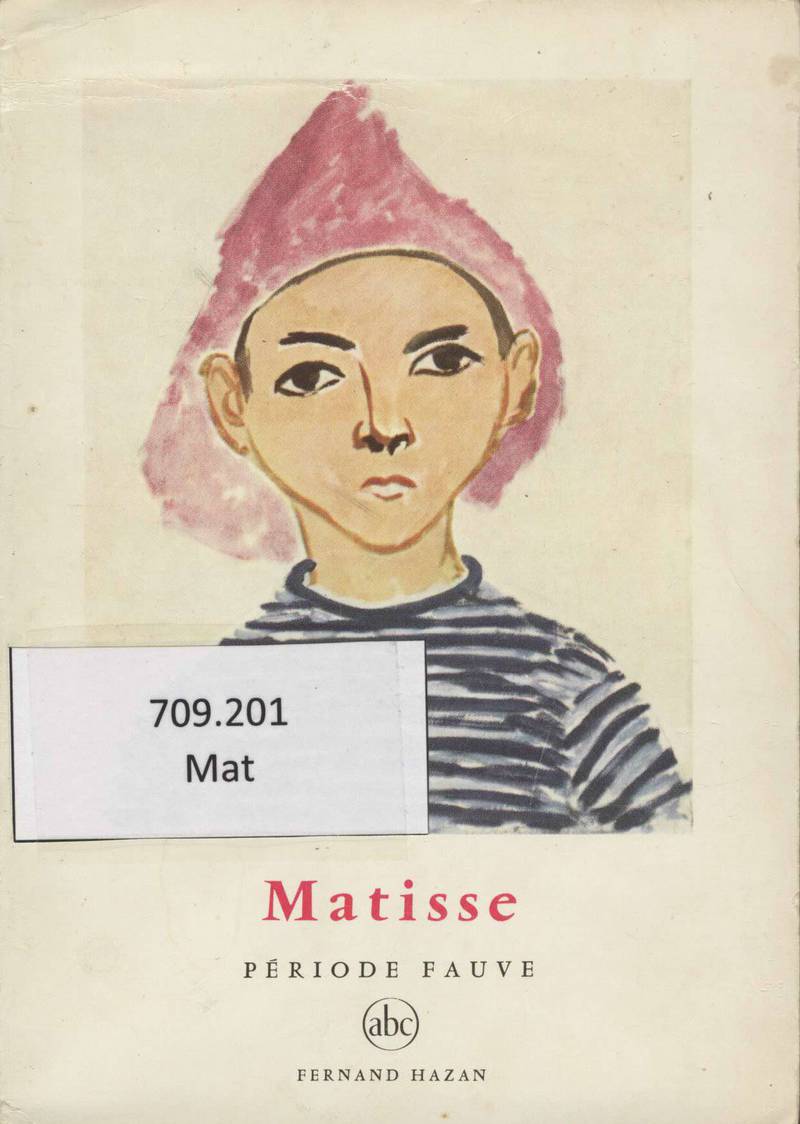Fauvism was the first of the avant-garde movements that flourished in France in the early years of the twentieth century. The Fauve painters were the first to break with Impressionism as well as with older, traditional methods of perception. Their spontaneous, often subjective response to nature was expressed in bold, undisguised brushstrokes and high-keyed, vibrant colors directly from the tube. Henri Matisse (French, 1869–1954) and Andre Derain (French, 1880–1954) introduced unnaturalistic color and vivid brushstrokes into their paintings in the summer of 1905, working together in the small fishing port of Collioure on the Mediterranean coast. When their pictures were exhibited later that year at the Salon d’Automne in Paris (Matisse, The Woman with a Hat), they inspired the witty critic Louis Vauxcelles to call them fauves (“wild beasts”) in his review for the magazine Gil Blas. This term was later applied to the artists themselves.
- / Author
- / Mentioned
